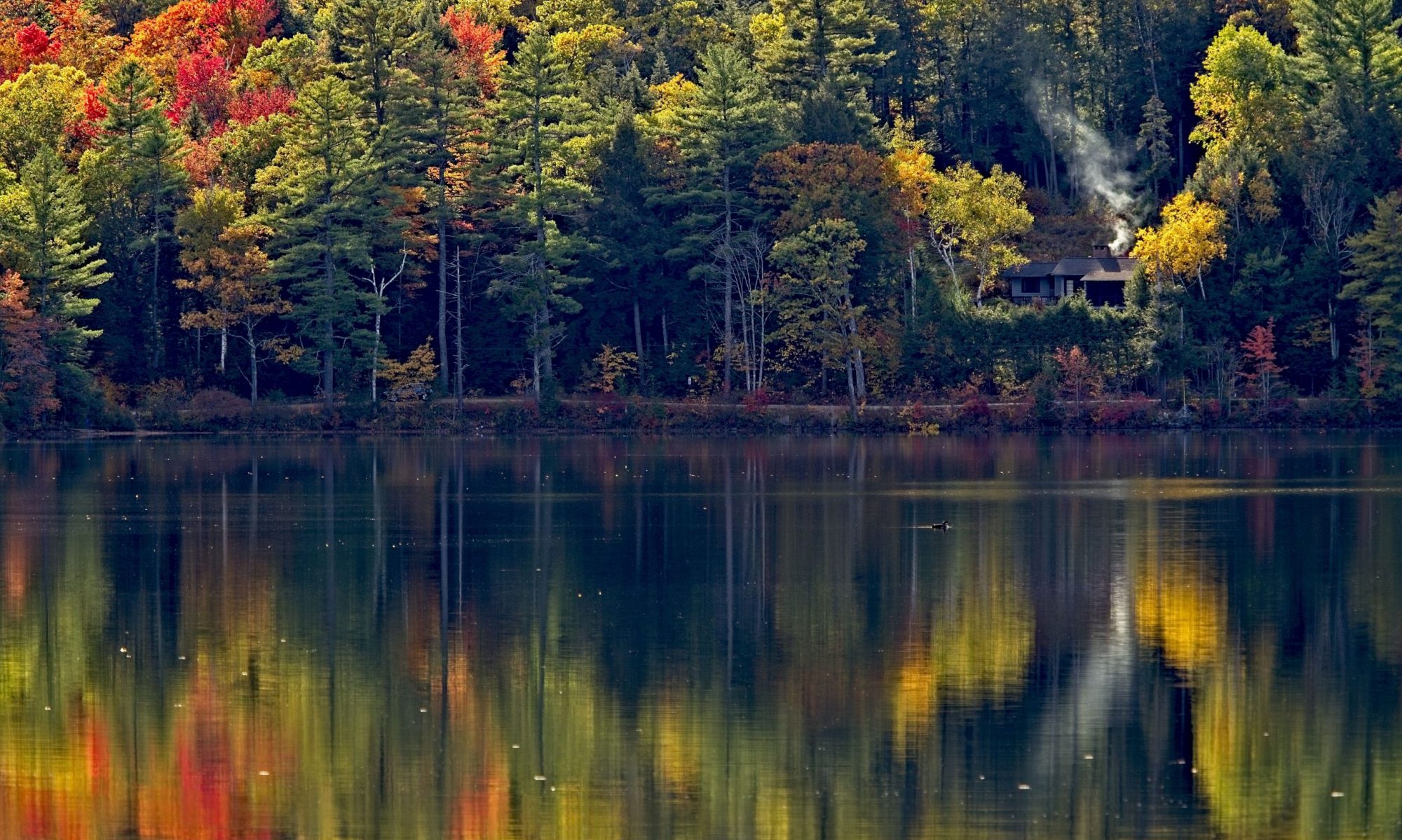Quick post, which will hopefully be helpful to someone..
For the past couple of weeks I’ve been unable to update one of my Centos 7 servers. I chased it down this AM to the Nextcloud-Client software I use on that machine.
Long story short, there is a qt update in EPEL that isn’t compatible with Centos 7.6.1810. Upstream (RedHat) has already released RHEL 7.7, but Centos has not yet caught up. EPEL is tracking upstream, and this qt update will work once Centos 7.7 is released.
In the meantime, I stumbled across this page on CentosFAQ.org: Nextcloud-client Currently Not Installable From EPEL In CentOS7
If you already have the Nextcloud-client installed, simply exclude the qt package from updates by adding ‘exclude=qt5-qtwebkit’ as a new line to your /etc/yum.conf… Click here to read more!

